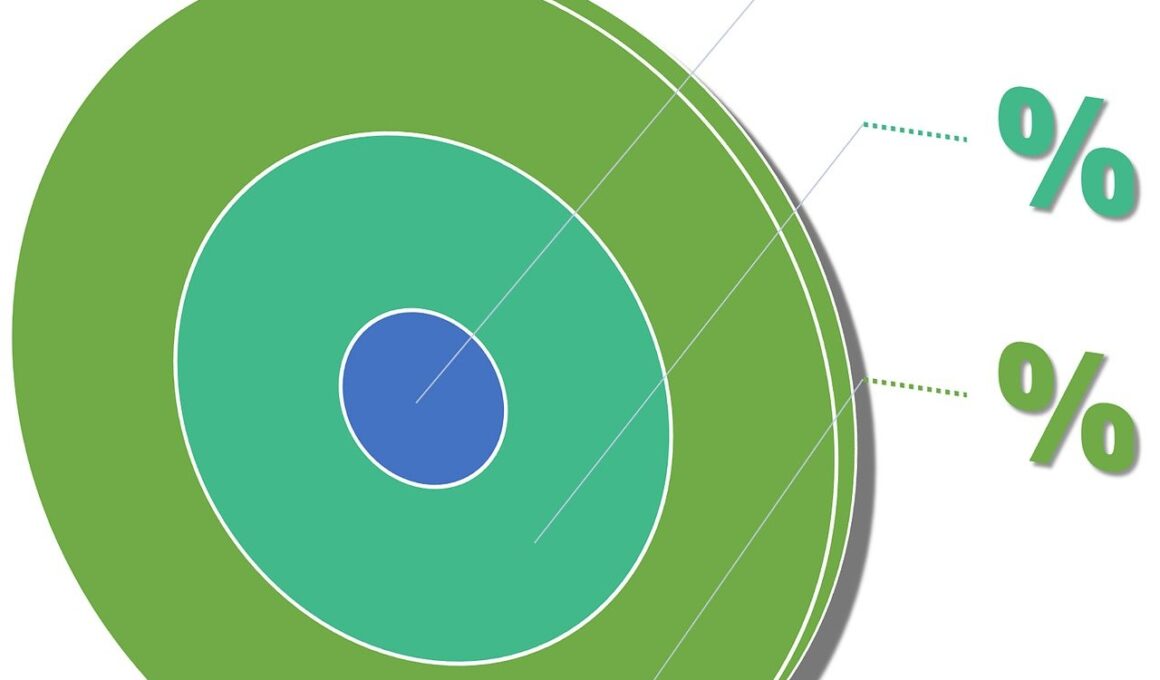The Role of Data Analytics in Monitoring Cross-Functional Performance
Data analytics has revolutionized how organizations monitor cross-functional performance. This transformation is essential as it fosters collaboration across departments and drives strategic alignment towards common goals. By integrating advanced analytics tools, teams can visualize performance metrics, enabling them to identify trends and anomalies quickly. Structured data from various sources, such as sales, marketing, and production, can offer a holistic view of operations. The incorporation of data-driven insights empowers decision-makers to allocate resources effectively and enhance productivity. Teams are encouraged to communicate openly, aiming to improve overall outcomes. Moreover, using cloud-based platforms facilitates access to this data anytime and anywhere, fostering timely collaboration. The ability to analyze real-time data ensures that stakeholders remain informed. Predictive analytics further aids businesses in anticipating future needs and adjusting strategies accordingly. A proactive approach leads to better risk management and continuous improvement initiatives. In addition, organizations can leverage analytics to support employee performance evaluations, linking individual contributions to larger company goals, effectively nurturing a performance-oriented culture.
Benefits of Cross-Functional Performance Monitoring
One of the primary benefits of data analytics in monitoring performance is enhanced transparency. By making performance metrics visible across teams, organizations create an environment where collaboration thrives. This transparency eliminates silos, enabling departments to share knowledge and insights effortlessly. Enhanced adaptability is another crucial benefit, as data analytics allows teams to respond promptly to shifts in the market. This agile approach is vital for maintaining a competitive edge in a constantly evolving business landscape. Operating a data-driven organization also improves accountability, as individuals and teams see their impact on overall performance. With clear metrics and benchmarks established, stakeholders can take informed actions to drive improvements. Moreover, monitoring enables the organization to identify training needs, ensuring that all employees are equipped with the necessary skills. Improving overall workforce capability leads to enhanced output quality. Additionally, organizations can benchmark their performance against industry standards, identifying gaps and opportunities for growth. Emphasizing cross-functional monitoring develops a culture of continuous improvement, fostering innovation in business processes over time.
The role of data analytics extends into providing actionable insights across functions. By utilizing comprehensive dashboards, teams can glean information relevant to their specific initiatives without losing sight of the bigger picture. These dashboards consolidate data, making it more digestible and usable for teams. Quick access to this data fosters collaborative discussions that can lead to innovative solutions. Imagine a scenario where sales and marketing teams collaborate using shared analytics. Jointly analyzing customer data uncovers insights that drive joint strategies and customer satisfaction. Furthermore, the insights derived can highlight how operational changes impact performance metrics. It allows organizations to make data-informed decisions during planning phases and course corrections. The analytical approach ensures every team aligns its objectives with overarching corporate strategies. As a result, productivity increases across the board. War room style meetings, fueled by analytics, can facilitate real-time decision-making. This quick turnaround on data can improve customer service responses. The focus on collective performance, supported by analytics, fosters a synergy between teams, increasing the organization’s productivity significantly.
Challenges of Utilizing Data Analytics
Implementing data analytics in monitoring cross-functional performance poses notable challenges. Firstly, data quality is essential. Inaccurate or inconsistent data compromises the reliability of insights generated. Organizations must establish robust data governance frameworks to ensure data integrity, protecting the analytics process from faulty conclusions. Secondly, there is often resistance to change within the organizational culture, particularly among employees accustomed to traditional performance measurement methods. Overcoming this requires effective change management strategies, which include training and clear communication. Thirdly, integrating data from various departments can be complex due to different systems and processes. Aligning these sources for unified insights necessitates investment in compatible technology solutions. Moreover, organizations face challenges in translating analytical insights into actionable steps. Stakeholders must be equipped not only to understand data but also to make data-driven decisions. This includes developing analytical literacy across teams. Lastly, concerns regarding data privacy and compliance arise as organizations gather more data. Understanding regulatory requirements helps mitigate risks associated with data utilization. Developing a strong analytics framework can empower organizations to address these challenges effectively.
Organizations can strengthen cross-functional performance through continuous learning and development initiatives. Educational programs focusing on data analytics empower employees to use insights effectively. Creating a common language around data can bridge the gap between functions, allowing teams to work better together. Integrating data analytics training fosters a culture of curiosity, encouraging employees to explore insights genuinely. As employees grow in their analytical capabilities, they can contribute more effectively to cross-team initiatives. This shared understanding increases the overall effectiveness of collaboration initiatives, enhancing innovation and problem-solving abilities. Companies may also encourage cross-functional projects emphasizing analytics, strengthening relationships between teams. These projects cultivate mutual respect and understanding of each department’s challenges and contributions. Encouraging shared ownership of defined objectives leads to greater commitment. Regular workshops, hackathons, or innovation challenges focused on data analysis can engage employees dynamically. These opportunities create excitement surrounding data use, fostering a vibrant culture centered on continuous learning. Thus, through strategic educational initiatives, organizations can effectively boost their cross-functional performance and ultimately drive better results.
Future Trends in Data Analytics for Performance Monitoring
The future of data analytics in monitoring cross-functional performance looks promising as technologies evolve. Predictive and prescriptive analytics are anticipated to become mainstream tools. Businesses will benefit from forecasts that inform decision-making processes, allowing them to strategize effectively. Additionally, machine learning algorithms will enhance analytical models, refining predictions. This can lead to improved accuracy and deeper insights into cross-functional dynamics. The adoption of artificial intelligence (AI) will automate many analytical processes. Consequently, teams will devote more time to interpreting results rather than data collection. AI-driven insights will provide personalized recommendations, helping teams execute performance improvement initiatives swiftly and effectively. Integration of real-time analytics will ensure that organizations respond quickly to emerging challenges and opportunities. Implementing data visualization technologies streamlines insights presentation, enhancing effectiveness during cross-departmental discussions. Organizations will also begin to prioritize data ethics, ensuring responsible data use and transparency. As businesses gather vast amounts of data, ethical considerations will shape their analytics strategies. In conclusion, the trends promise a data-rich future, enabling companies to enhance collaborative performance through informed and agile decision-making.
In summary, the role of data analytics in monitoring cross-functional performance is increasingly undeniable. Its ability to drive strategic alignment, enhance transparency, and facilitate real-time insights is transformative. Organizations cultivating a data-driven culture reap substantial rewards and significant improvements in performance. By embracing the insights generated from data analytics, firms can enhance collaborations among teams and foster innovation. Ongoing adoption of emerging technologies like AI and machine learning will further enhance these capabilities. Thus, businesses will be better positioned to meet evolving market demands. It is crucial for organizations to invest in analytics education to empower employees in harnessing data effectively. Not only will it strengthen cross-functional collaboration, but it will also create a workforce capable of leveraging data insights strategically. As we look toward the future, the synergy between data analytics and cross-functional performance management will be vital for competitive differentiation. Organizations that prioritize this integration will build lasting success and foster a spirit of continued improvement throughout their operations. In a data-centered world, the pursuit of continual learning and development will keep companies ahead.


